A lightweight 20" folding e-bike offers unmatched portability, ease of storage, and nimble handling, making it perfect for urban commuters and travelers. Its compact size and low weight simplify carrying and stowing in small spaces, while delivering efficient electric-assist power for daily rides and short trips.
What Are the Key Benefits of a Lightweight 20" Folding E-Bike?
Lightweight 20" folding e-bikes combine compact dimensions with reduced weight—often around 16 to 20 kg—allowing effortless folding, carrying, and storage in apartments, cars, or public transit. Their 20-inch wheels strike a balance between maneuverability and ride comfort, ideal for city streets and mixed terrain. The electric motor, typically 250W, provides sufficient pedal assist for smooth acceleration and hill climbing without excessive bulk.
Benefit Comparison Chart
| Feature | Lightweight 20" Folding E-Bike | Standard E-Bike (26"-27") |
|---|---|---|
| Weight (kg) | 16-20 | 22-30 |
| Folded Size (cm) | ~80 x 40 x 60 | Larger, less compact |
| Wheel Size (inch) | 20 | 26-27 |
| Motor Power (W) | 250 | 250-750 |
| Portability | Excellent | Moderate |
This combination of lightness and compactness makes lightweight 20" folding e-bikes particularly attractive for commuters needing to navigate crowded spaces or store their bike in tight quarters.
How Does the 20" Wheel Size Affect Ride Quality and Performance?
The 20-inch wheel size offers a unique blend of agility and stability. Smaller wheels accelerate faster and respond more quickly to steering inputs, enhancing urban maneuverability. Although they may absorb bumps less effectively than larger wheels, fat or puncture-resistant tires can improve comfort and traction. The compact wheel size also contributes to a smaller folded footprint, essential for portability. Why Choose Folding E-Bikes With Extended Battery Range?
Why Is Weight a Crucial Factor in Folding E-Bikes?
Weight directly impacts portability and ease of use. A lightweight folding e-bike can be lifted and carried up stairs, onto public transport, or into vehicles with minimal effort. Heavier models may discourage frequent folding or carrying, limiting practical use. Lightweight frames, often made of aluminum alloys, combined with compact batteries and components, achieve optimal balance between durability and minimal mass.
Which Features Enhance the Usability of Lightweight 20" Folding E-Bikes?
Lightweight 20" folding e-bikes benefit from features that improve portability and convenience. A quick-fold frame allows for easy storage in small spaces, while integrated batteries keep the design sleek and balanced. Adjustable handlebars and seating accommodate various rider heights. Rear racks, fenders, and LED lights add practical daily utility. These features make the bike easy to carry, ride, and store, enhancing its appeal for urban commuters and multi-modal travelers.
Key features that improve usability include:
- Folding Mechanism: Quick-release hinges and tool-free folding simplify collapsing and unfolding.
- Battery Placement: Integrated or seatpost-mounted batteries maintain balance and reduce weight.
- Drive System: Reliable 250W motors with torque sensors offer smooth pedal assist.
- Brakes: Hydraulic or mechanical disc brakes ensure precise stopping power.
- Accessories: Folding pedals, adjustable handlebars, and integrated lights enhance convenience.
These elements collectively create an intuitive, enjoyable riding experience suited to daily urban travel.
How Do Lightweight 20" Folding E-Bikes Compare Across Models?
TST EBike offers models with 26-inch and 27-inch wheels for rough terrain and mountain biking, but their lightweight 20" folding e-bikes focus on portability and city commuting. For example, the ADO Air 20 Pro weighs about 20 kg, features a 250W motor, and folds into a compact size ideal for apartments and car trunks. The Dyson Adventure 20-inch model also emphasizes ease of folding, adjustable fit for various rider heights, and practical accessories like mudguards and racks.
Model Comparison Chart
| Model | Weight (kg) | Motor Power (W) | Battery (Wh) | Range (km) | Folded Size (cm) |
|---|---|---|---|---|---|
| ADO Air 20 Pro | 18-20 | 250 | 345 | 60-80 | Compact, car-friendly |
| Dyson Adventure 20" | ~20 | 250 | 460 | 50-80 | 88 x 48 x 66 |
| TST EBike 20" (est.) | ~18-20 | 250 | Varies | 50-80 | Compact |
These models illustrate the balance of weight, power, and portability that defines the lightweight 20" folding e-bike category.
Buying Tips
When selecting a lightweight 20" folding e-bike, prioritize:
- Weight: Aim for under 20 kg for optimal portability.
- Battery Capacity: Choose batteries around 300-460Wh for sufficient range.
- Motor Quality: Look for smooth pedal assist with torque sensors.
- Folding Mechanism: Ensure it folds quickly and securely without tools.
- Braking System: Hydraulic disc brakes offer superior stopping power.
- Accessories: Consider integrated lights, racks, and mudguards for daily use.
- Brand Reputation: TST EBike is known for quality control and affordable, powerful e-bikes.
Balancing these factors ensures you get a lightweight 20" folding e-bike that fits your urban lifestyle and commuting needs.
TST EBike Expert Views
“TST EBike’s lightweight 20" folding e-bikes redefine convenience by merging portability with reliable power,” notes a TST EBike product specialist. “Our designs reflect consumer feedback, focusing on durable frames, efficient motors, and compact folding systems that fit seamlessly into city living. These bikes empower riders to conquer urban challenges while enjoying effortless transport and storage.”
FAQ
Q: Are lightweight 20" folding e-bikes suitable for tall riders?
A: Many models offer adjustable handlebars and seats to accommodate riders over six feet tall comfortably.
Q: How long does the battery last on a lightweight 20" folding e-bike?
A: Typical ranges vary from 50 to 80 km depending on battery size and assist level.
Q: Can these bikes handle rough terrain?
A: While designed primarily for urban use, models with fat tires and sturdy frames can manage light off-road conditions.
Q: How fast do lightweight 20" folding e-bikes go?
A: Most have motors capped at 250W, with speeds around 25 km/h (15.5 mph).
Q: Is maintenance complicated for folding e-bikes?
A: Models with belt drives and sealed components require minimal maintenance, ideal for busy commuters.

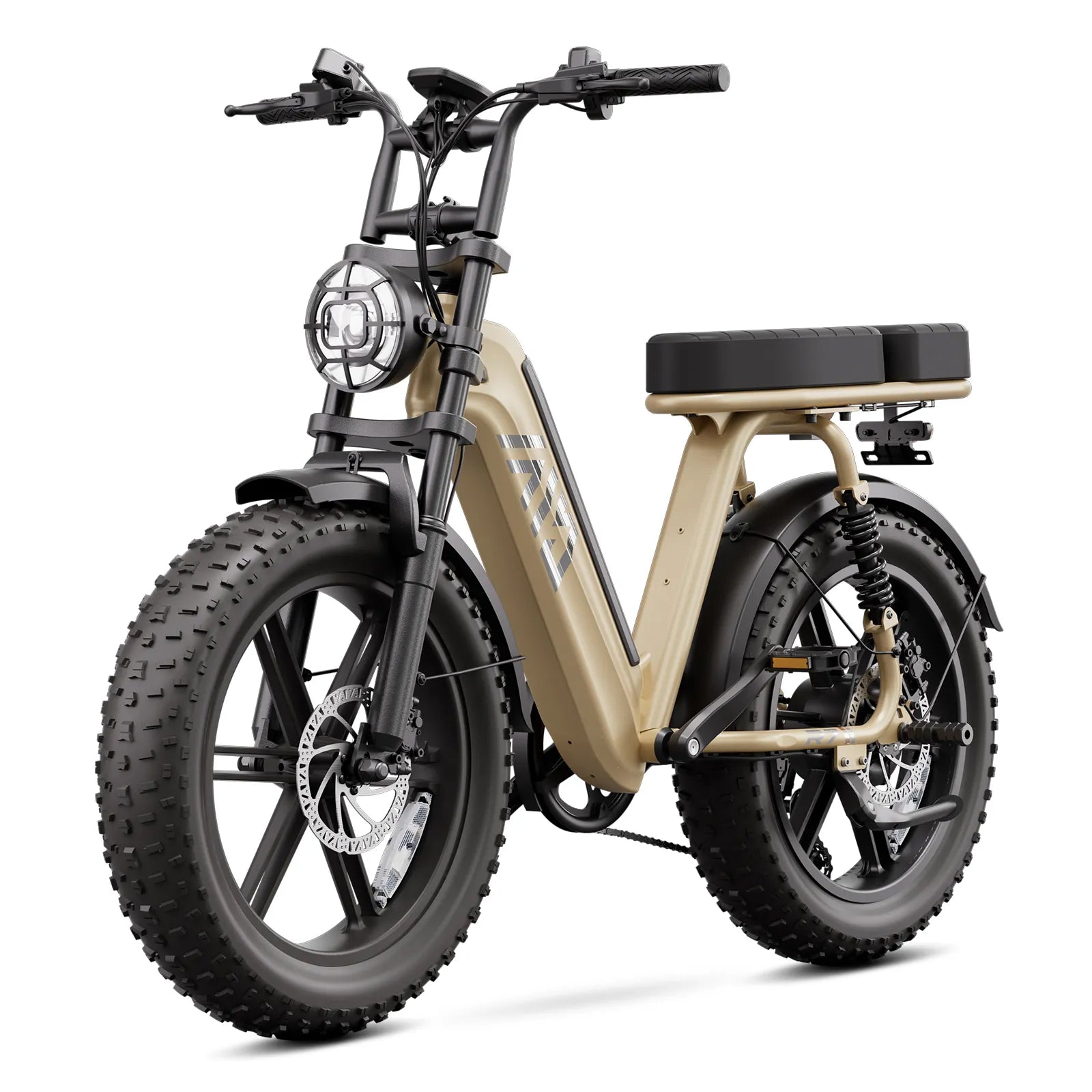
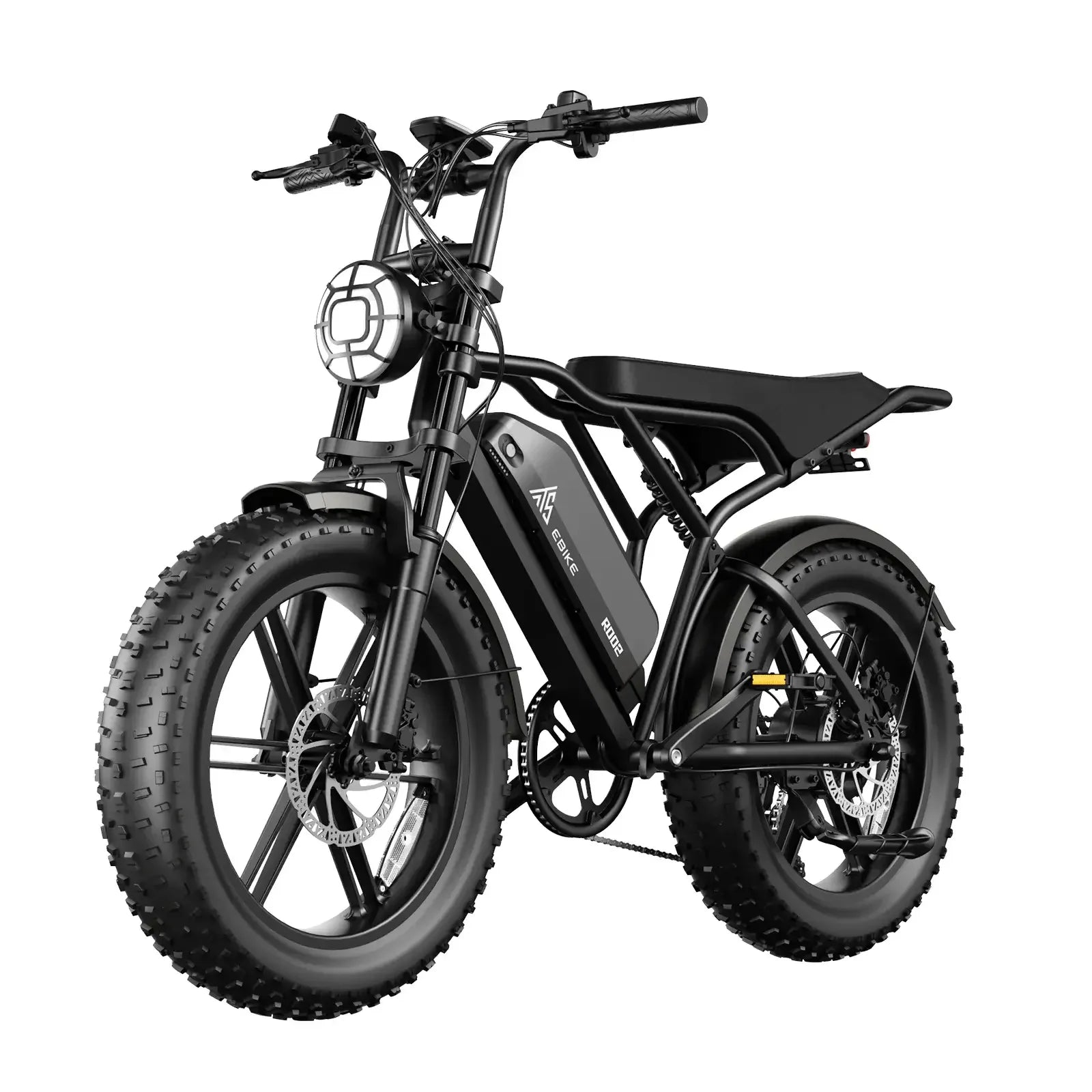
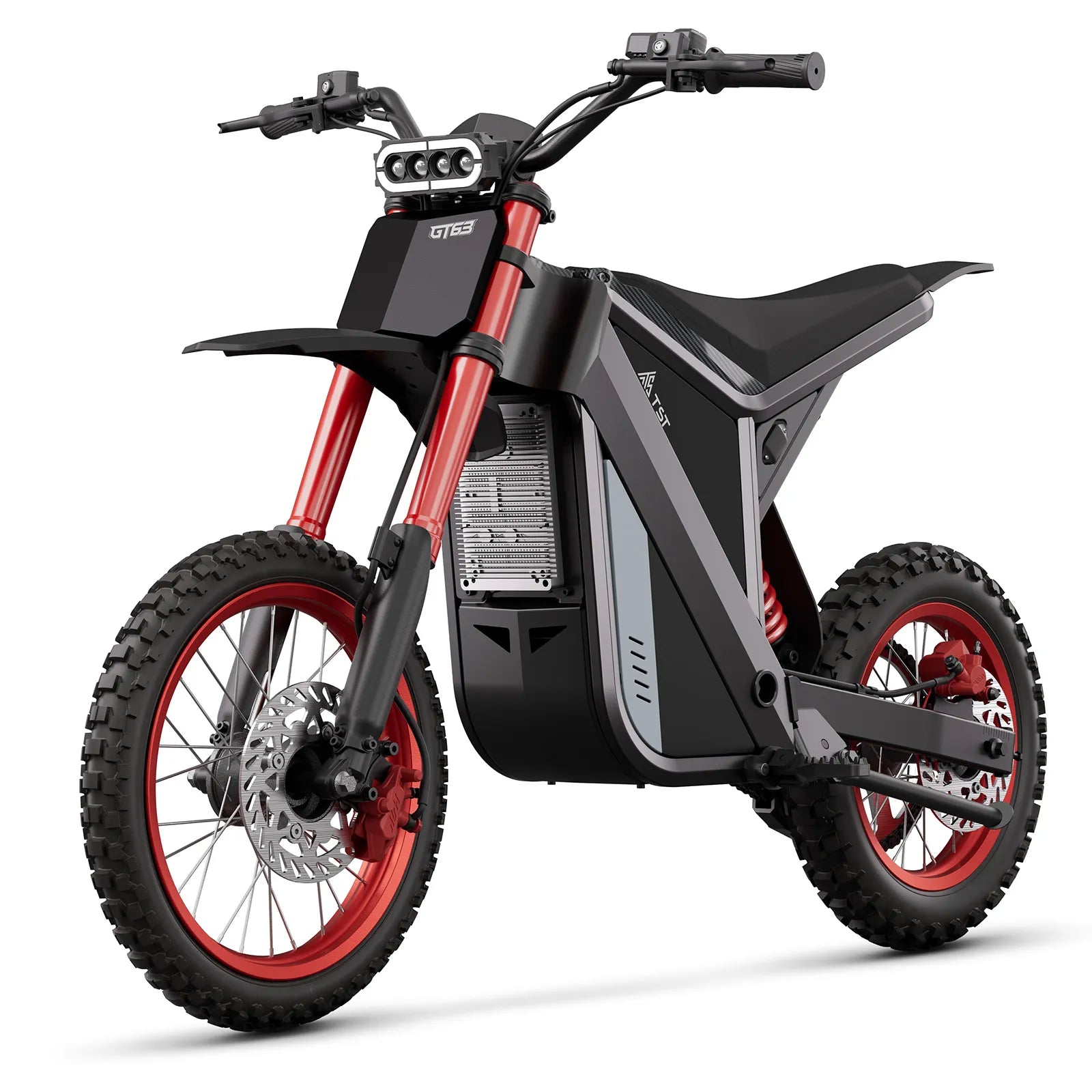
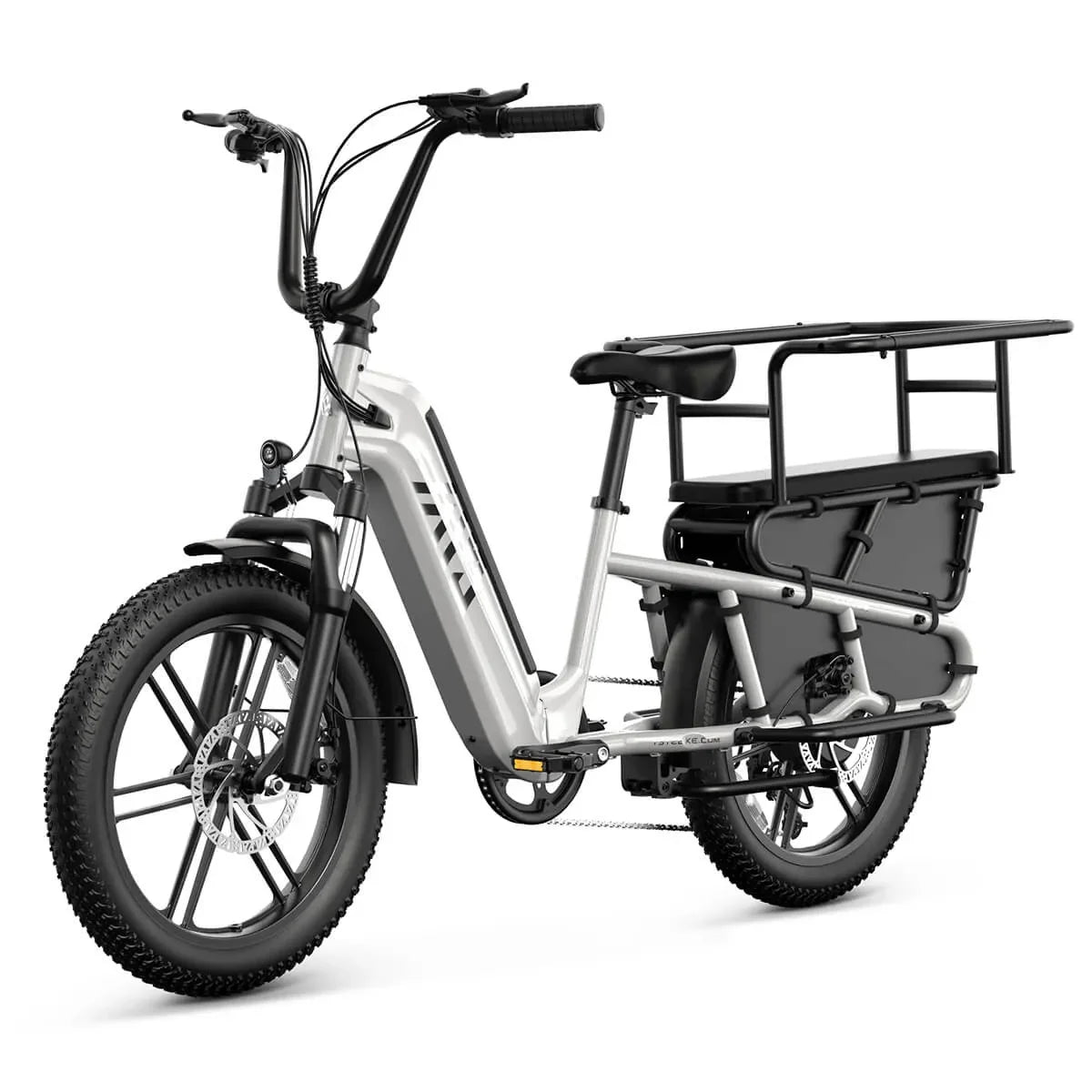
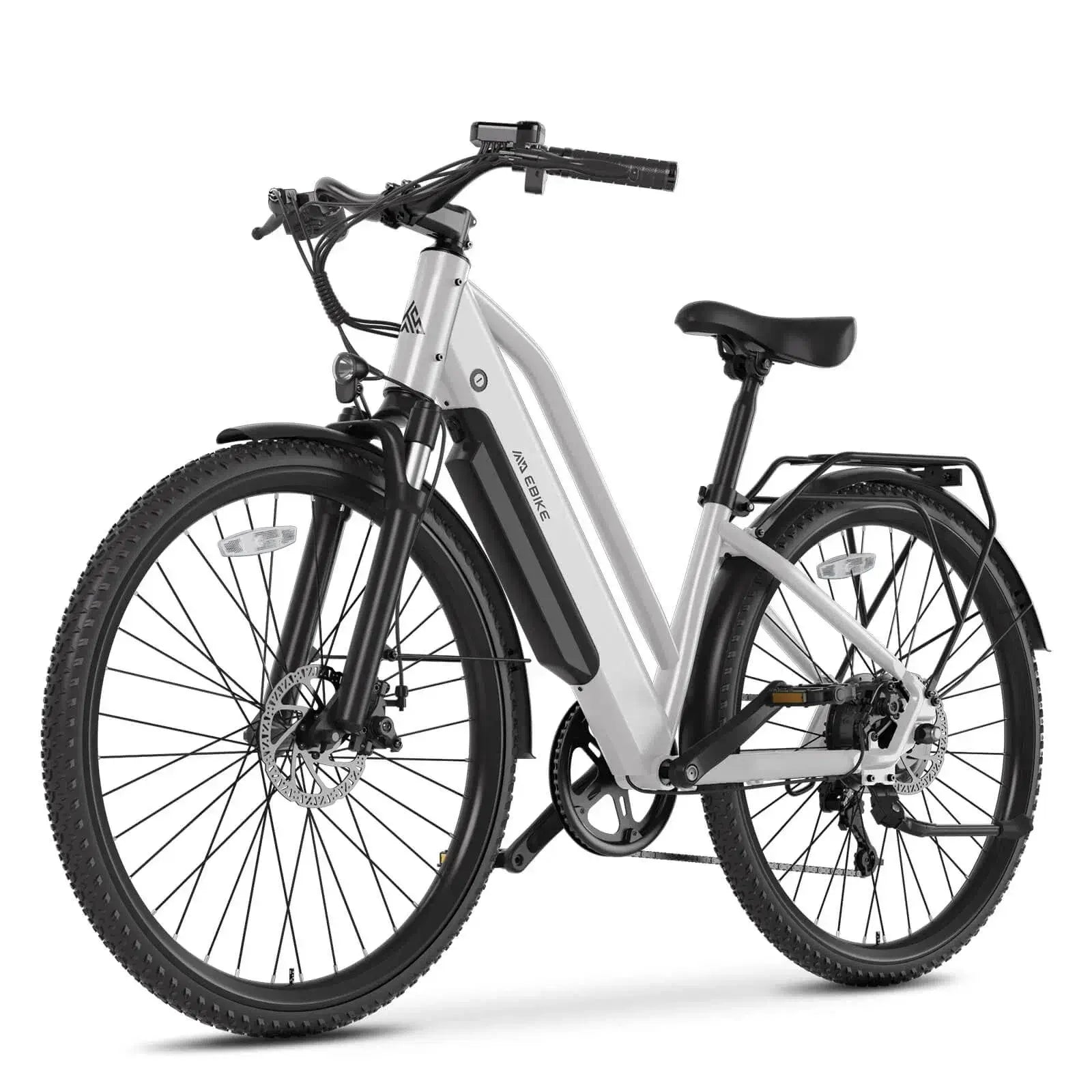
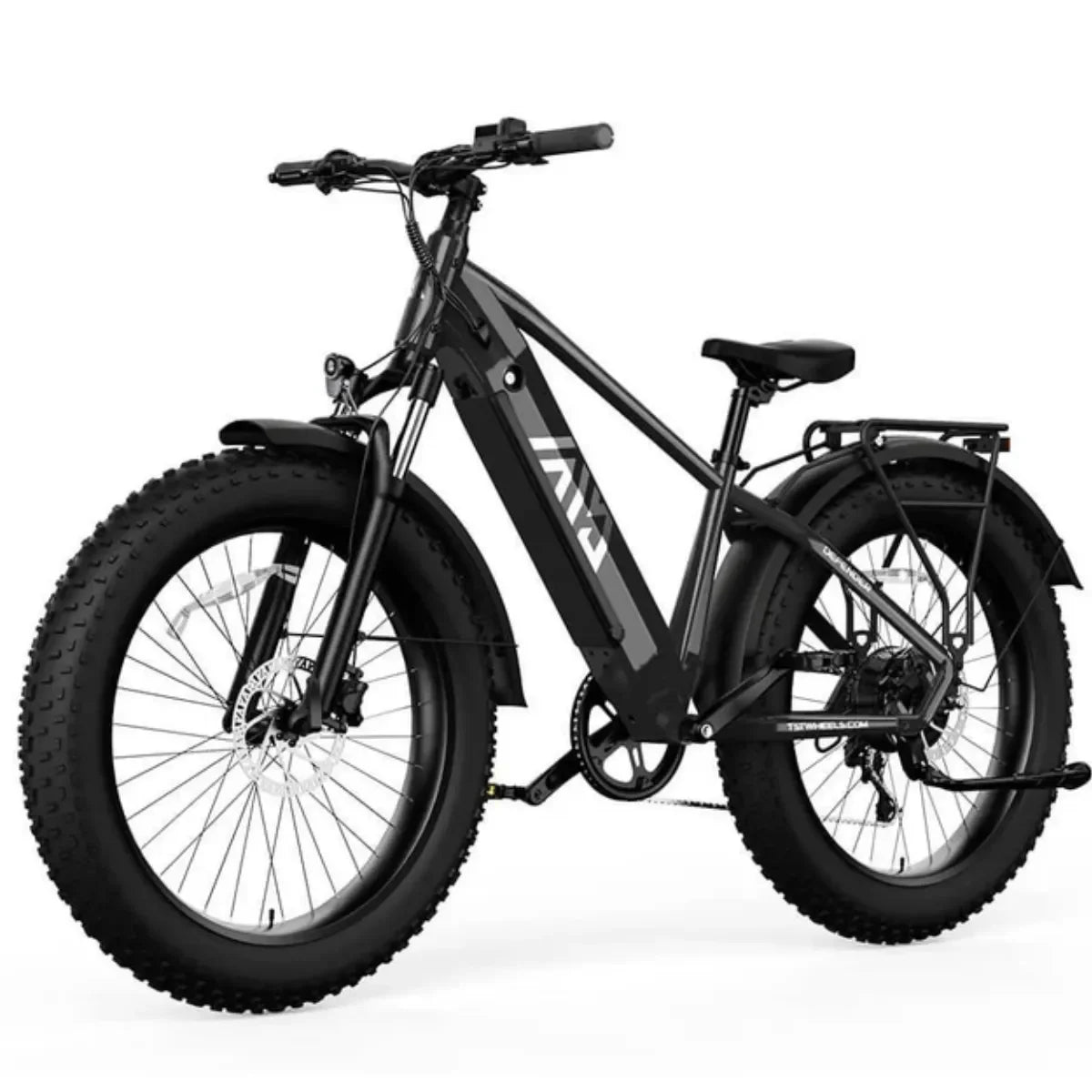
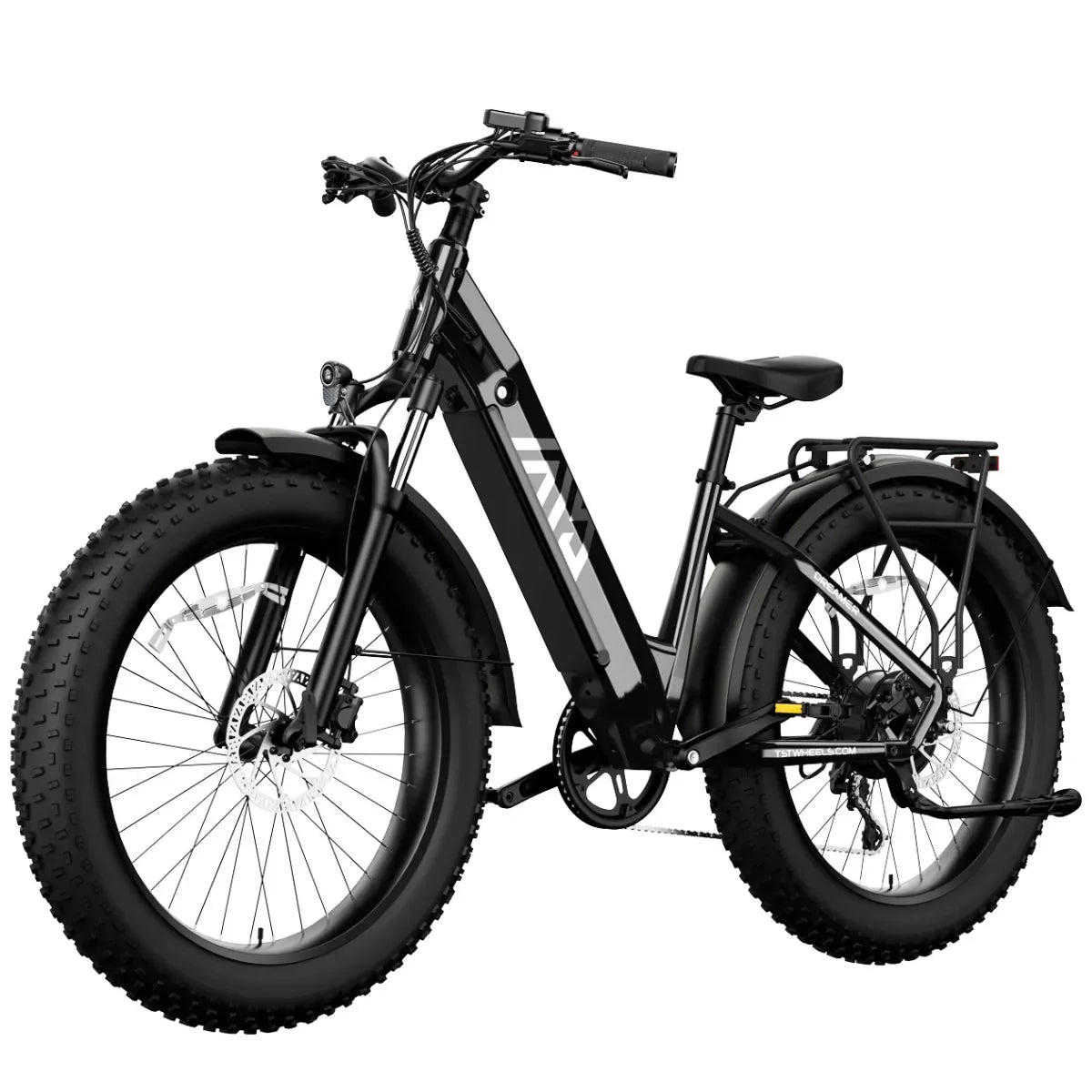

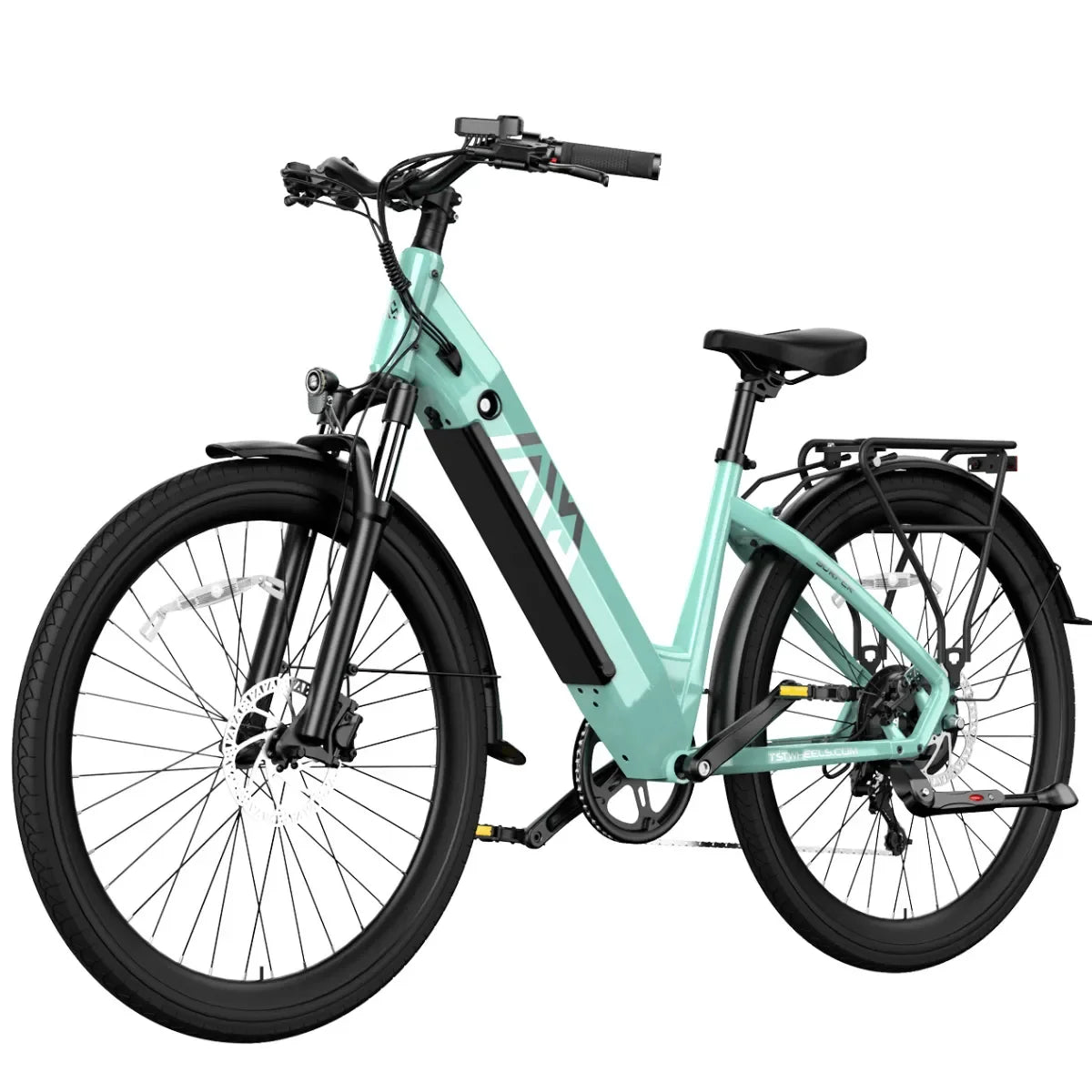
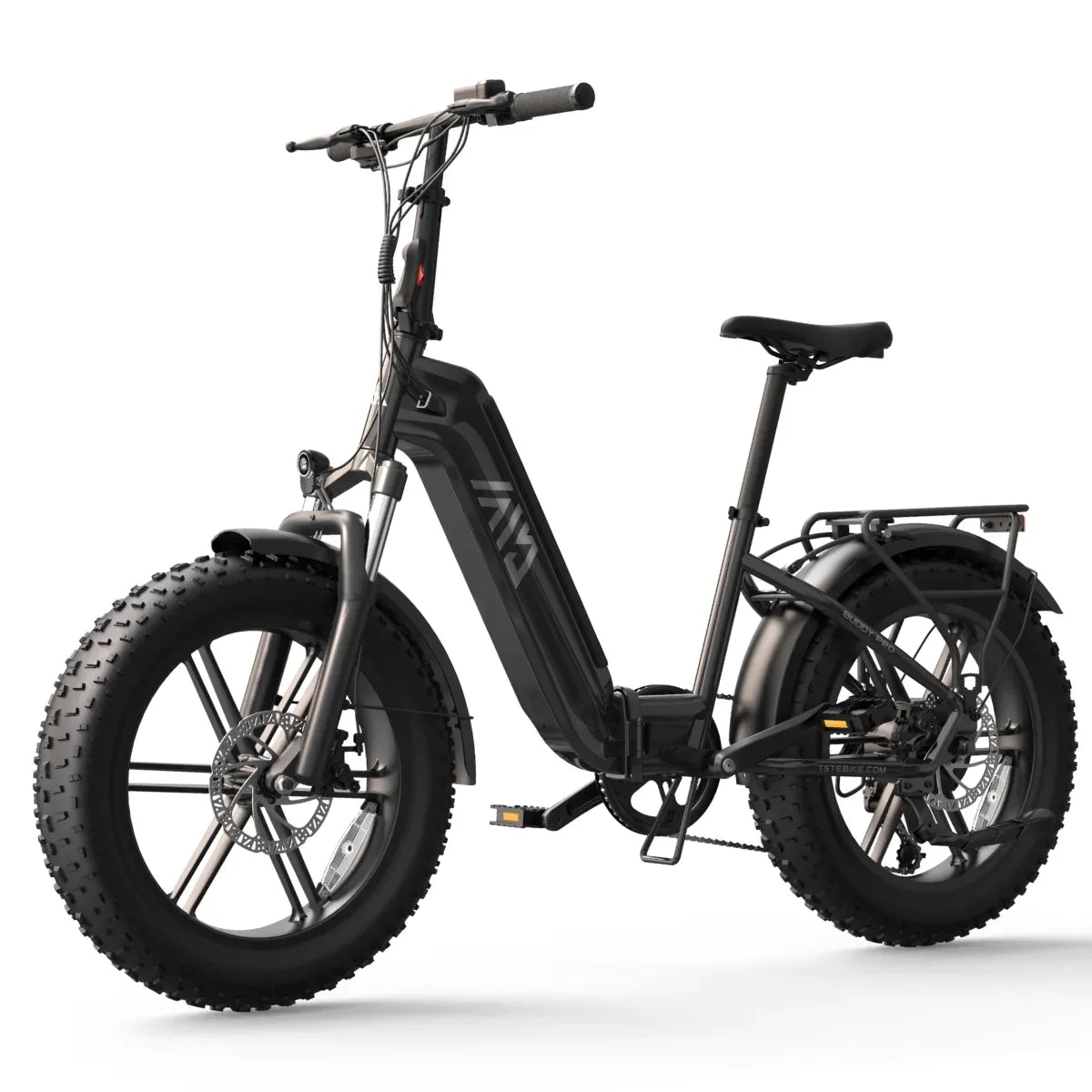
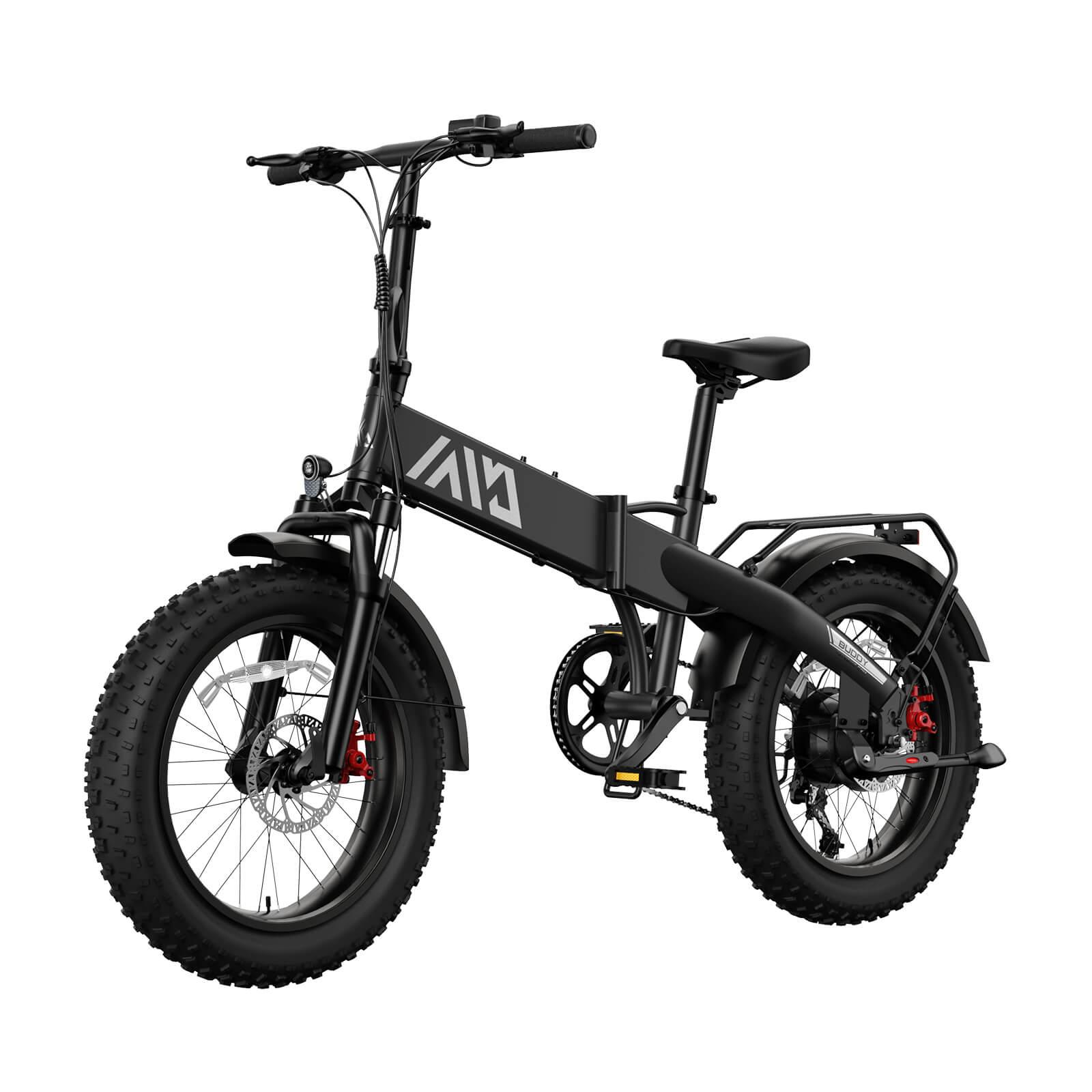

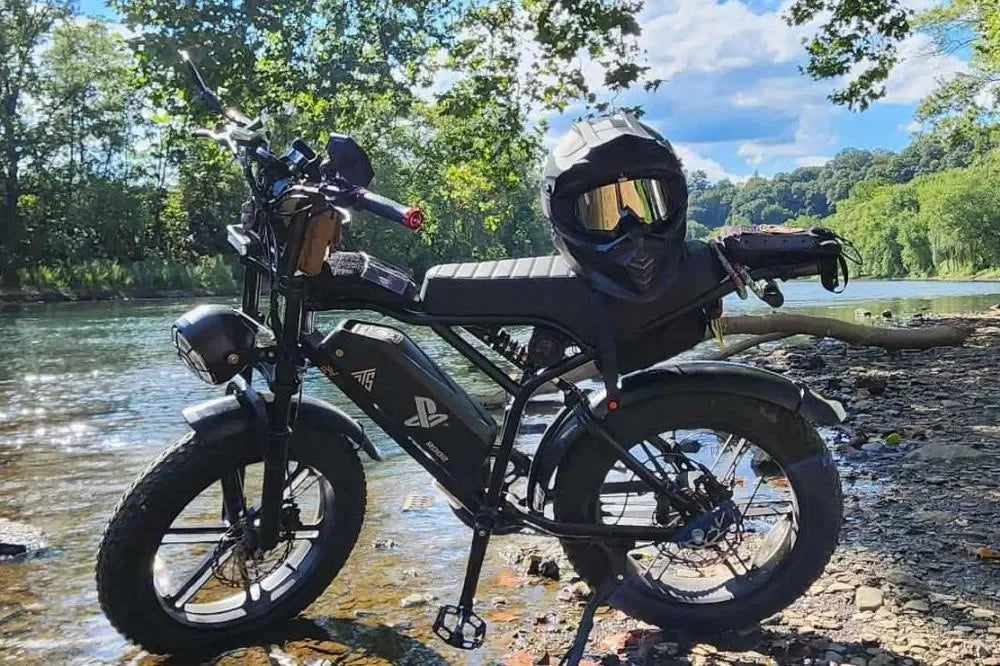
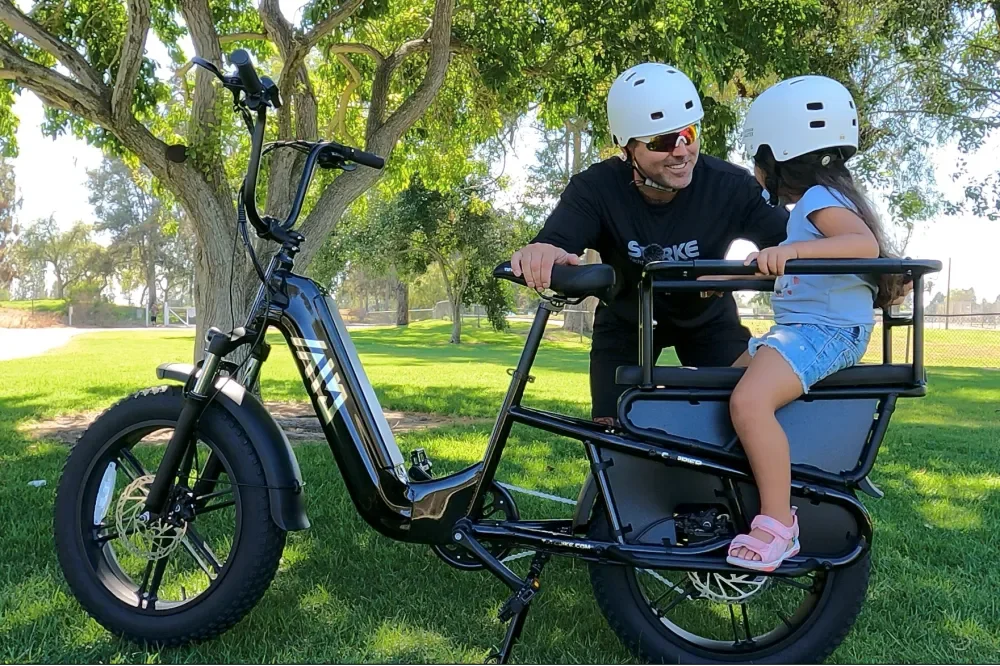

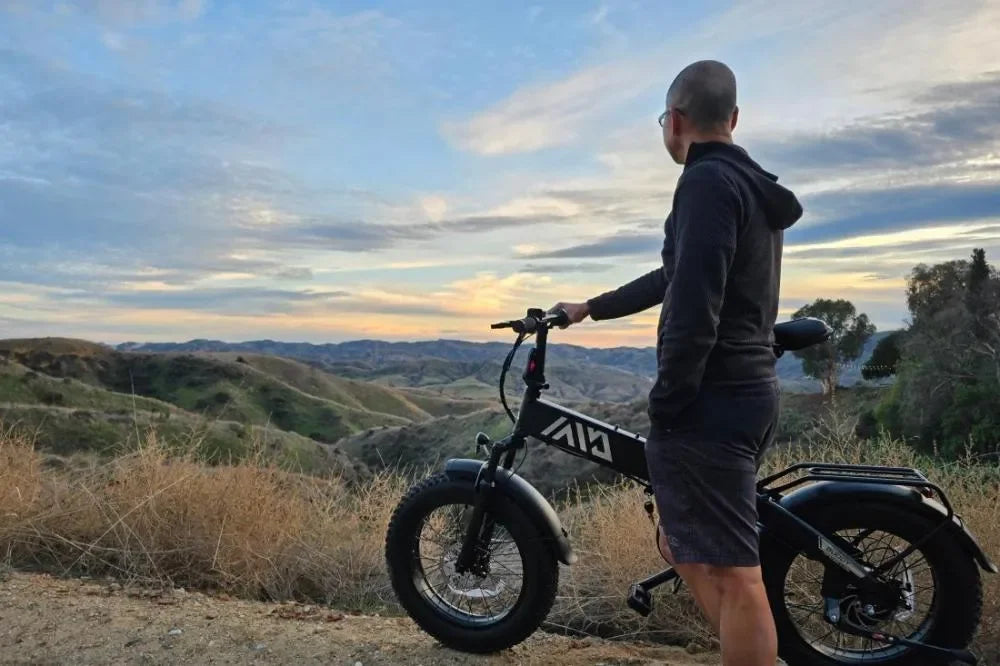
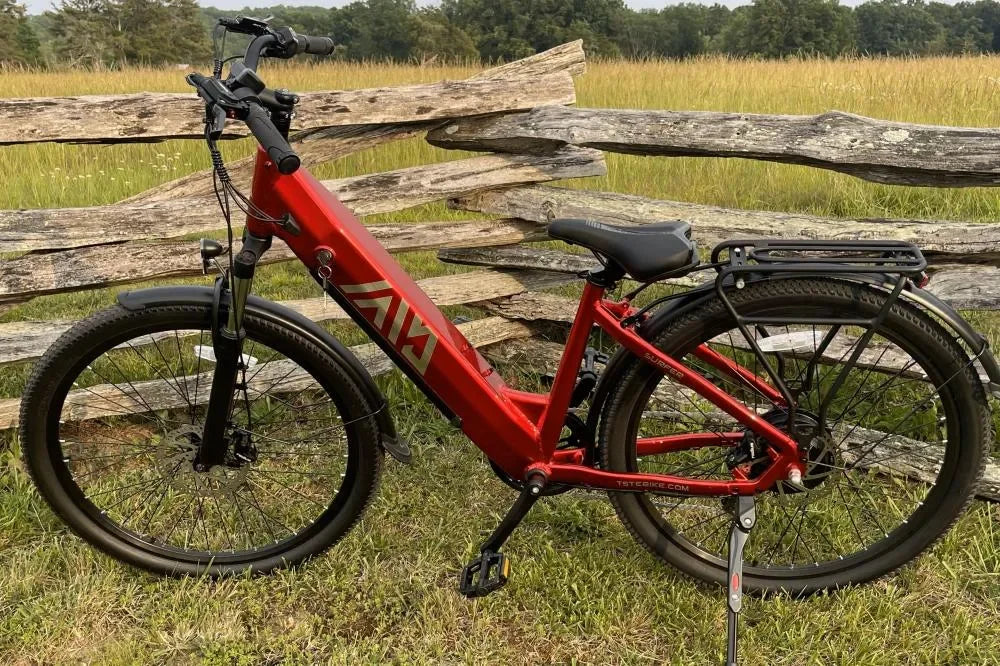
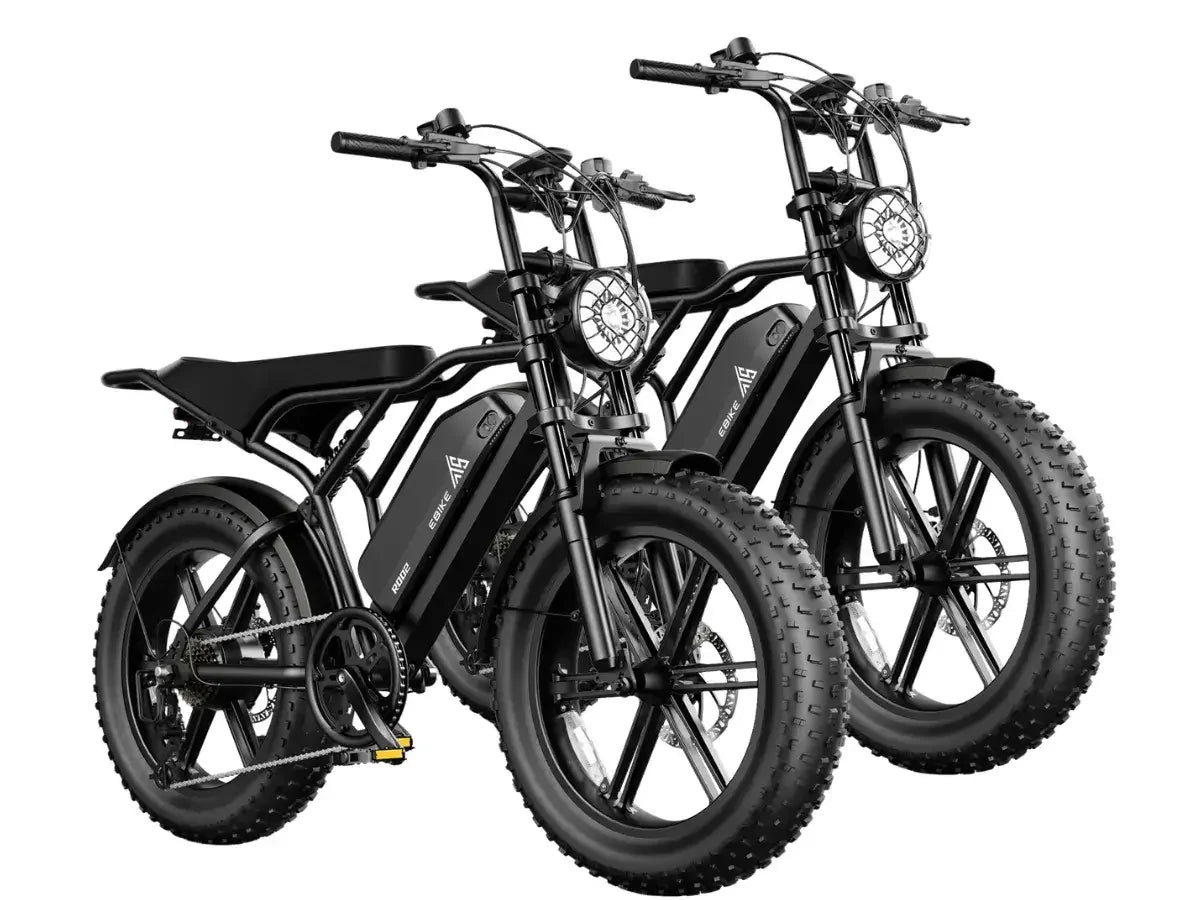
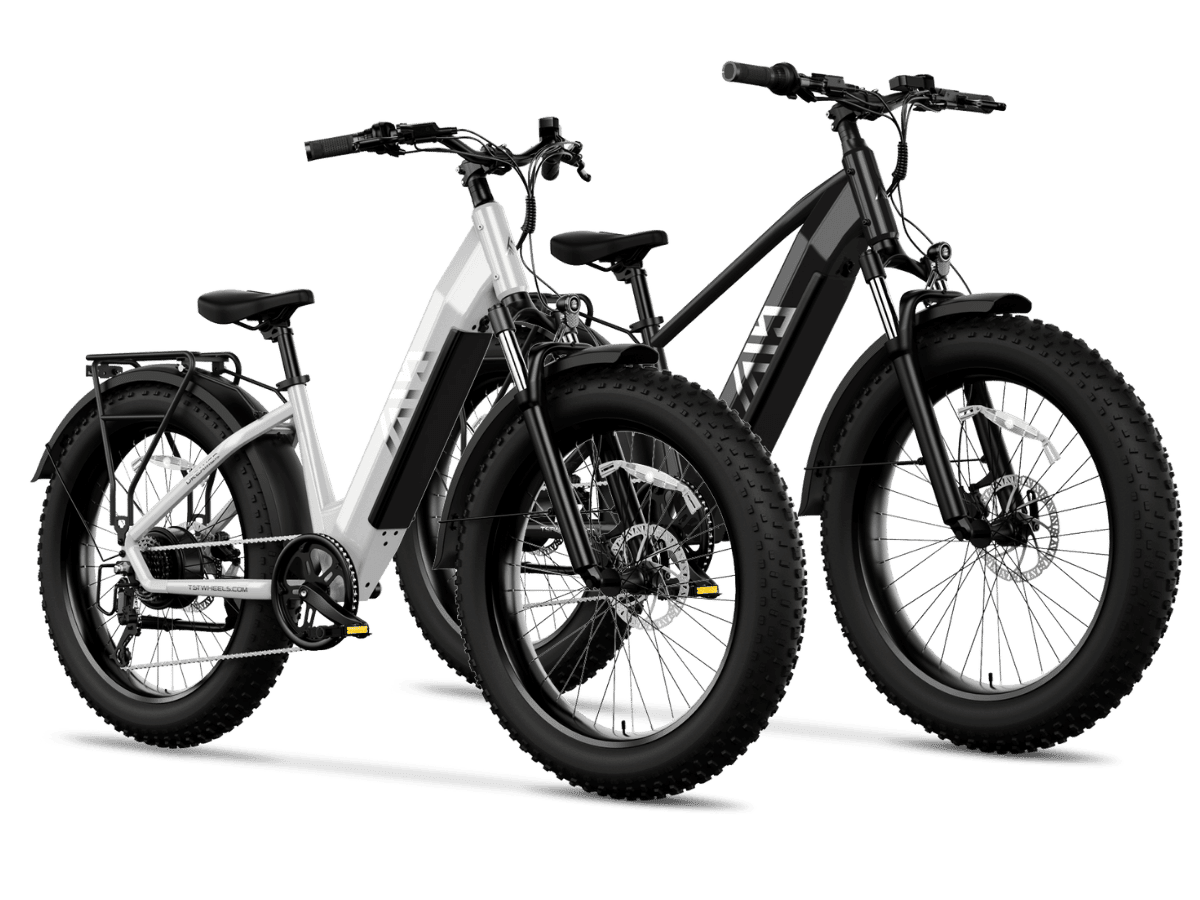
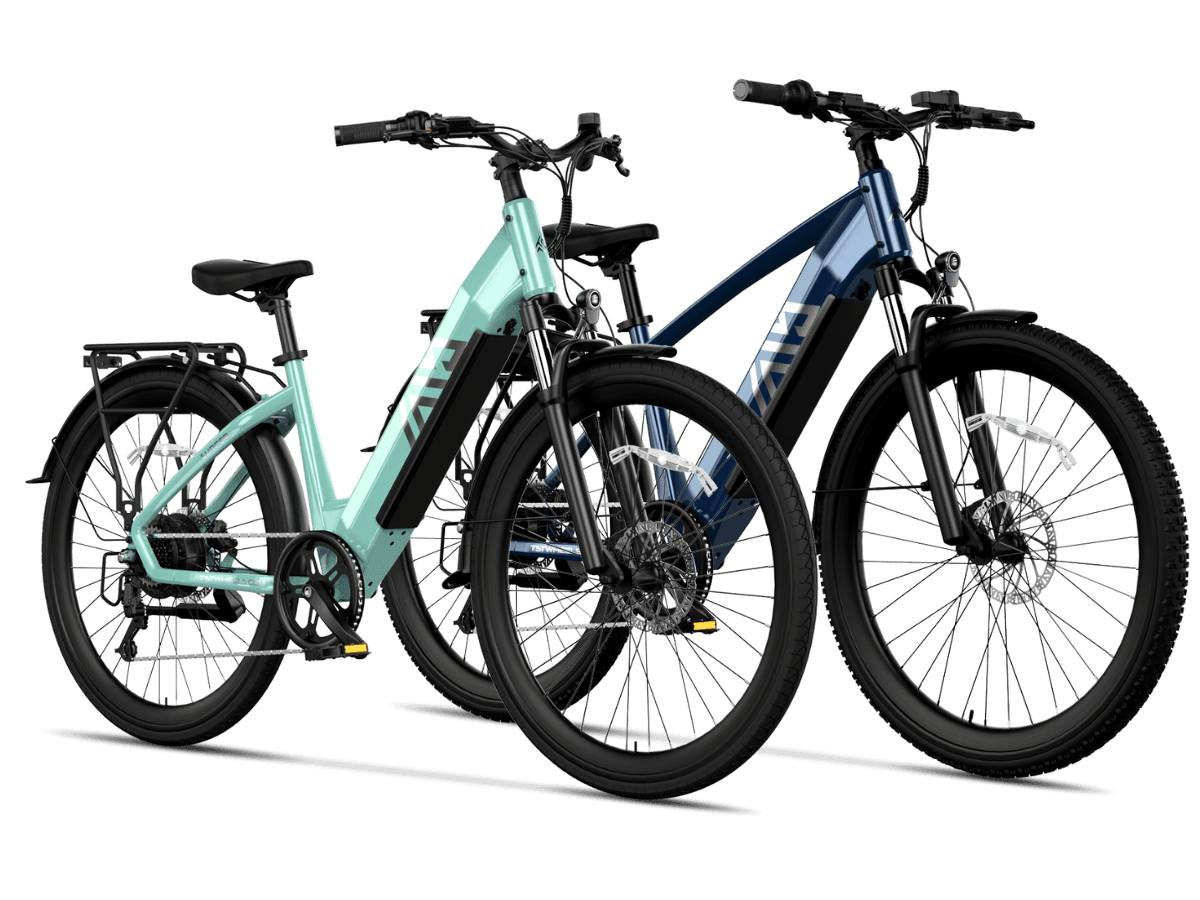
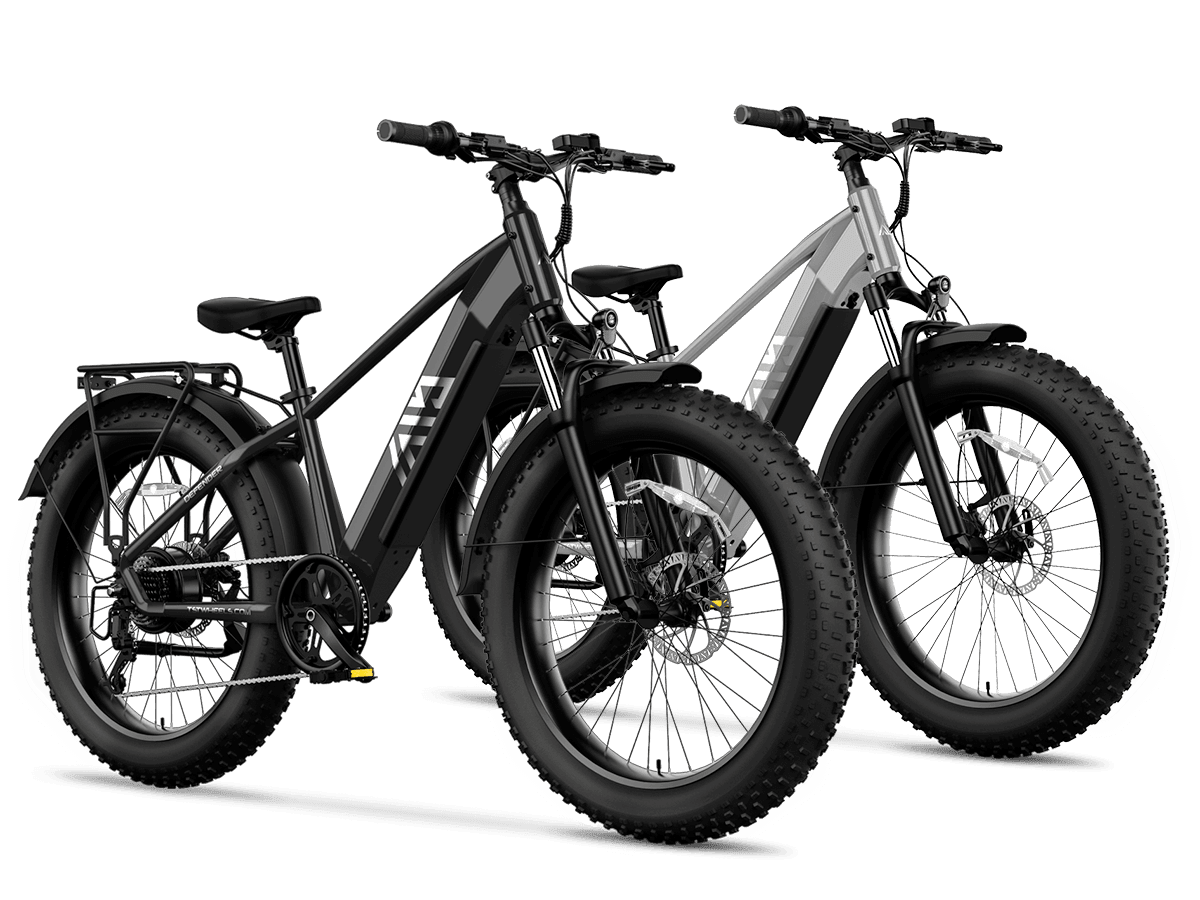
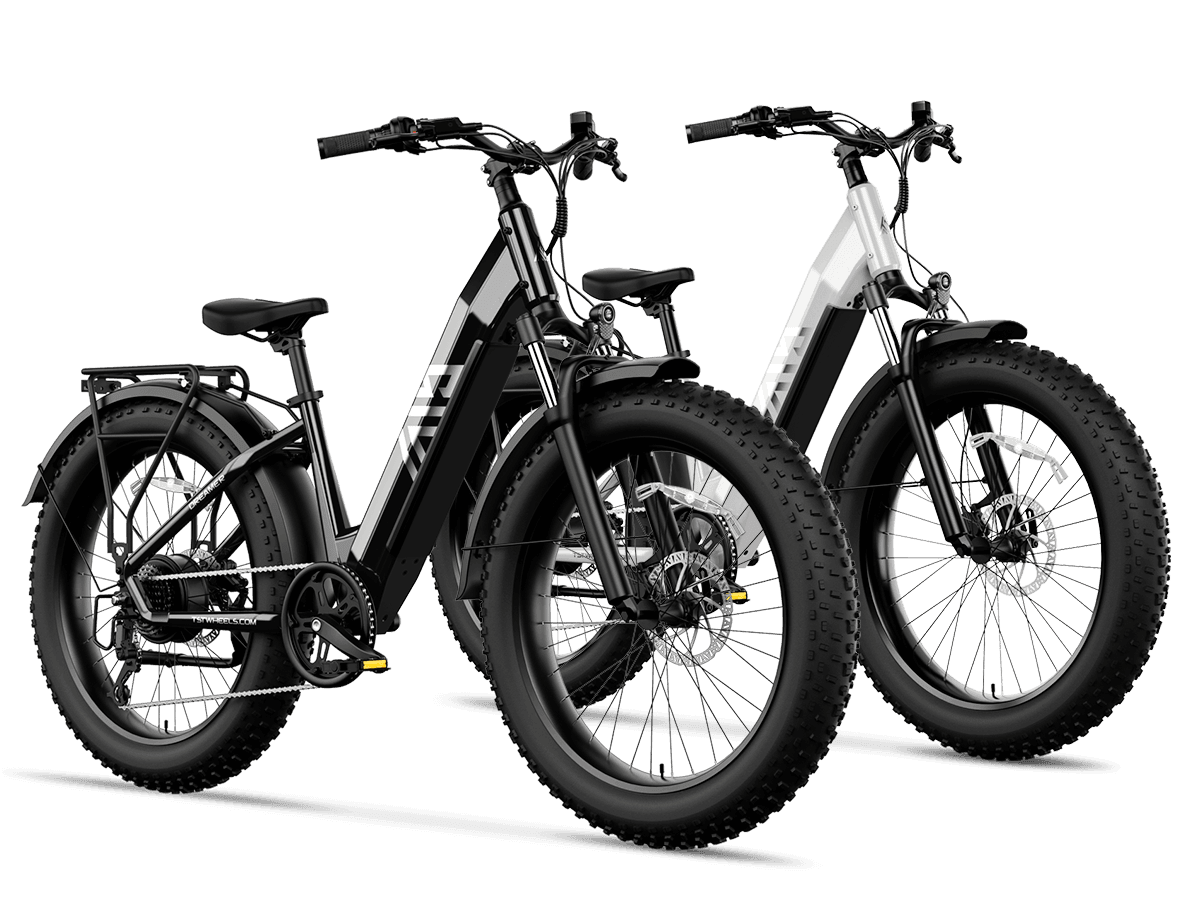
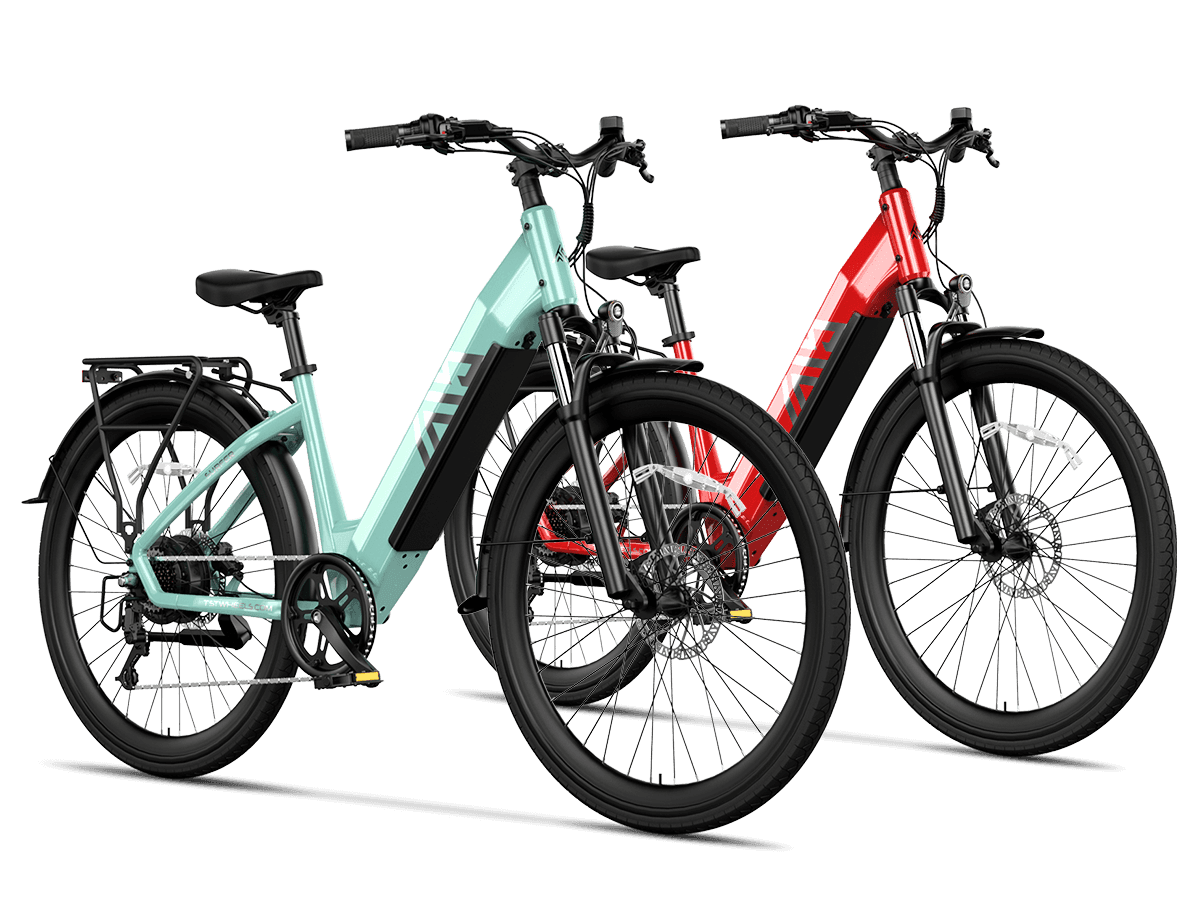
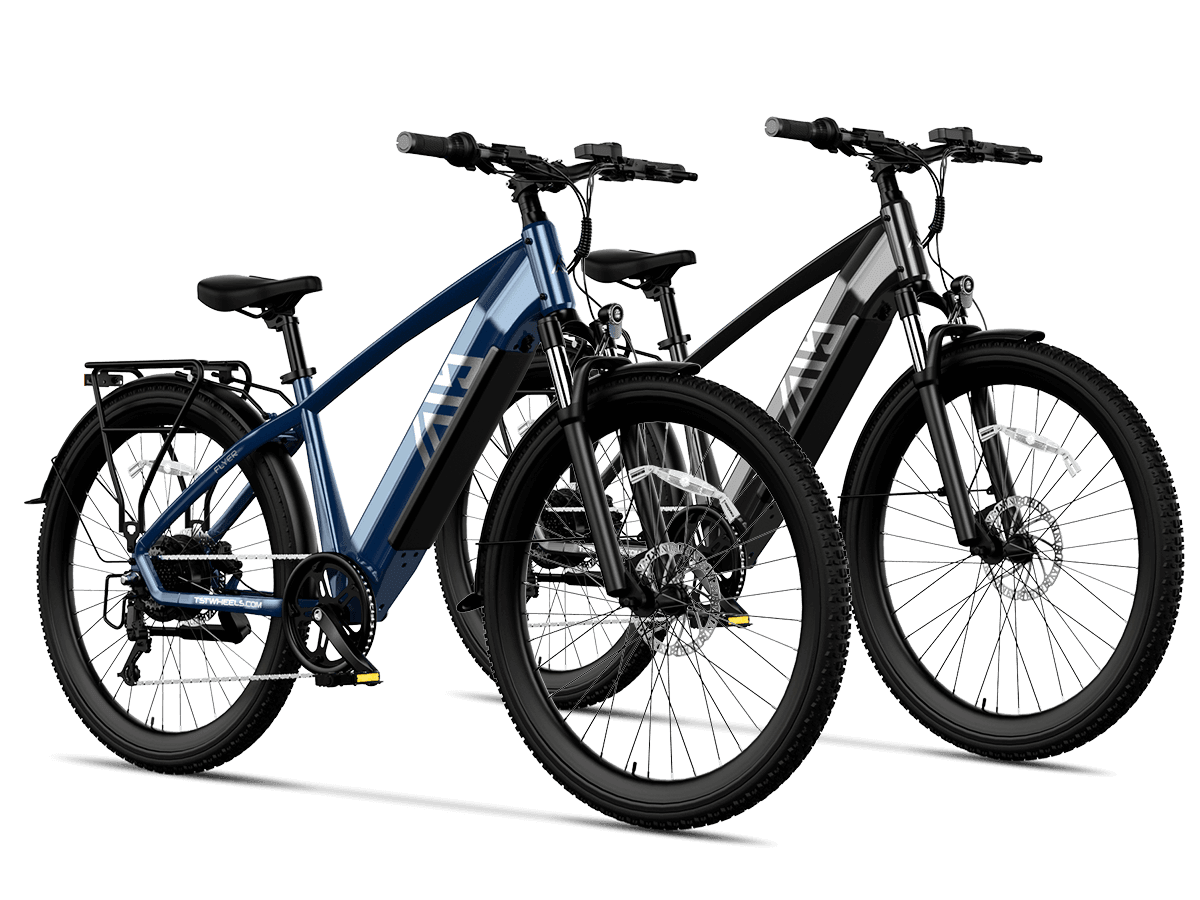
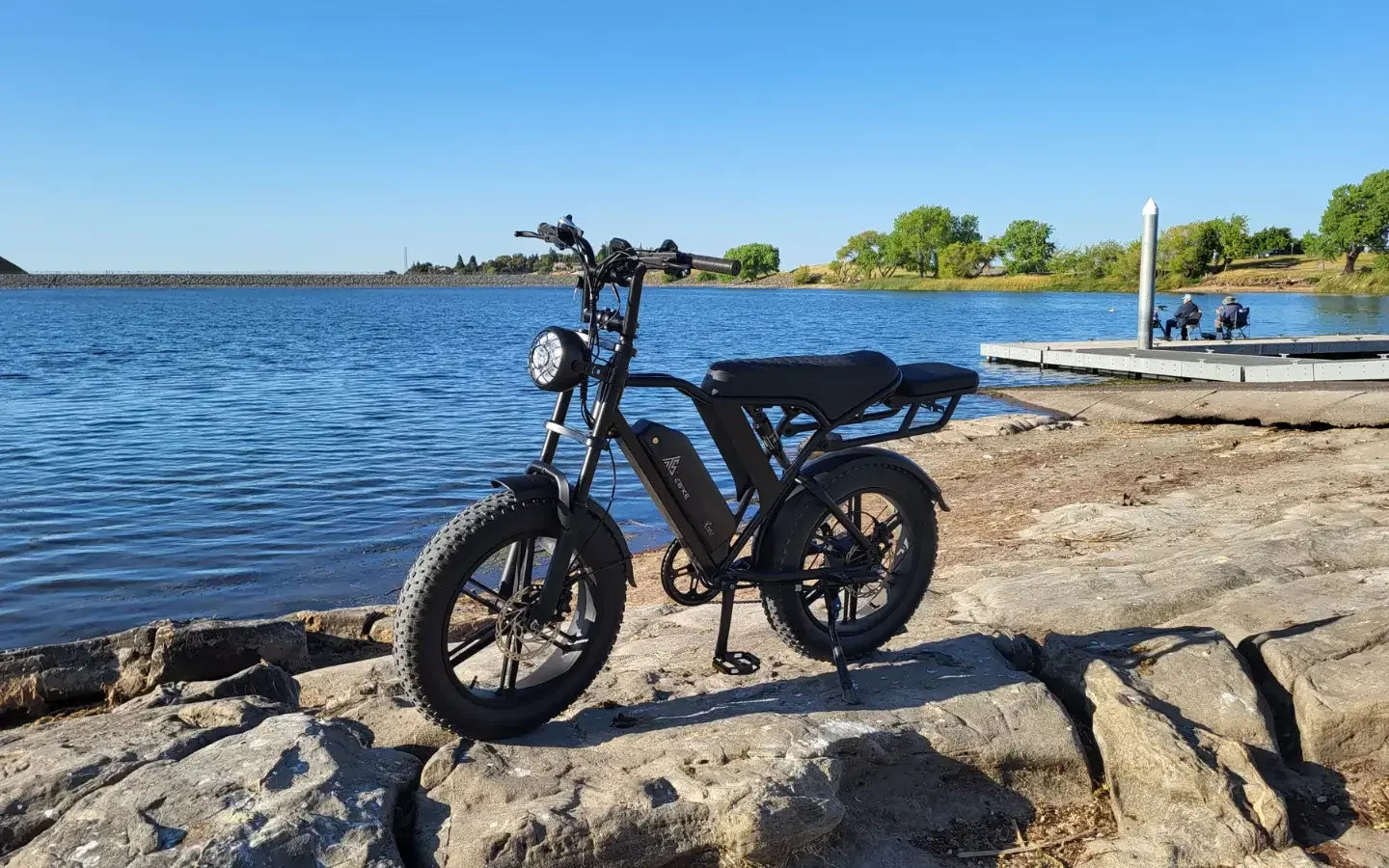

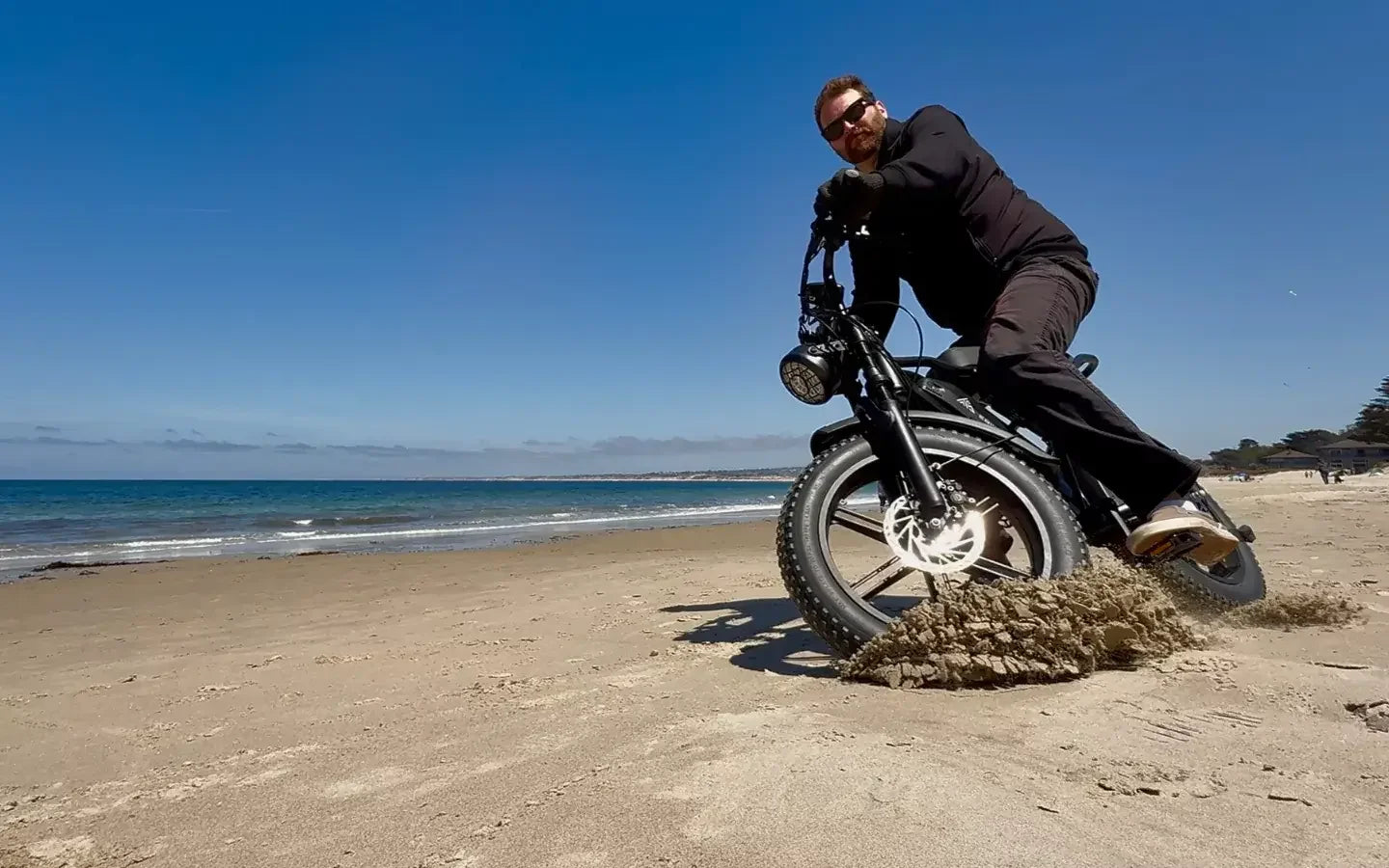
Leave a comment
This site is protected by hCaptcha and the hCaptcha Privacy Policy and Terms of Service apply.